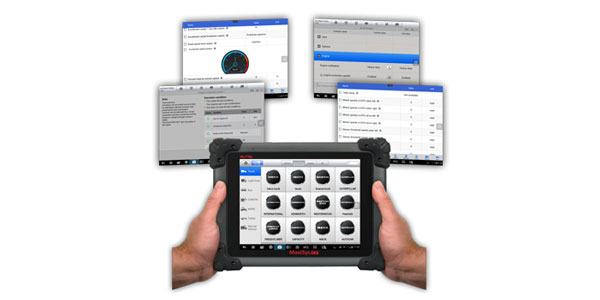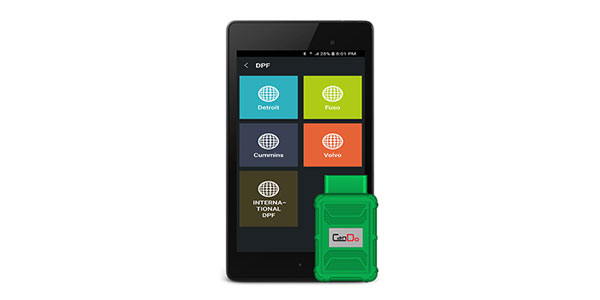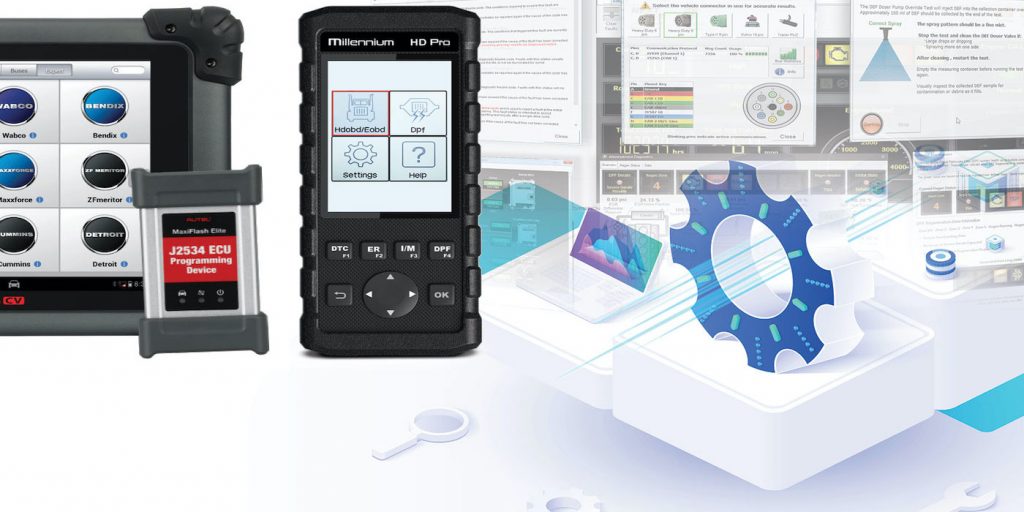Why is it important for truck fleet service facilities to keep up with new fault code data and scan tool and diagnostic system updates? “It is imperative that a shop’s diagnostic and scan tools always operate the latest version in order to repair all makes, models and components,” says Jason Hedman, product manager at Noregon. “Doing so ensures technicians have access to the latest vehicle and component coverage, plus the newest features and capabilities that enable efficient repairs.
“As manufacturers introduce new vehicles and systems, it is critical to operate the most up-to-date tools and not have to forego a repair due to dated applications,” Hedman adds. “Most in-shop diagnostic and repair tools operate on a subscription basis to facilitate these updates throughout the year and so service facilities don’t miss out on a major benefit.”

Chris Freeman, director of heavy-duty sales and training for Autel North America, points out that updates to diagnostic tools are coming along at a steady and increasingly faster pace. “In the past year, we released over 650 updates to our software,” he says. “These updates include new coverage, updates to existing coverage or just make procedures easier for the user.
“Without access to updates, your shop might not be able to complete a job or may even lose the business to the competition,” Freeman continues. “From a ROI standpoint it is important to understand what you are getting from your diagnostic tool and whether that investment is making or costing you money in the long run.”
Noregon, notes Jason Hedman, releases at least three major updates each year. “Each one includes new coverage and new features that expedite repairs, or built-in educational tips that make a technician more knowledgeable and efficient during day-to-day repair work,” he says. “Additionally, by keeping your shop tools updated, you are protected from cybersecurity threats detected in prior versions of the application.”
With today’s vehicles, relates Lou Langone, heavy-duty specialist at Autel Technical Support, new systems and components are usually improvements that boost efficiency, safety and driver comfort. But some sort of electronics controls many of those, he adds, so you are going to need a diagnostic tool diverse enough to connect to all these modules.

“If the module puts out a fault, how would you be able to communicate with it?” Langone asks. “Having a full diagnostic scanner with bi-directional capabilities is essential for any facility that takes care of a fleet. And with regular updates, you won’t be limited on functionality. Without them, that is just wasted time and money.”














